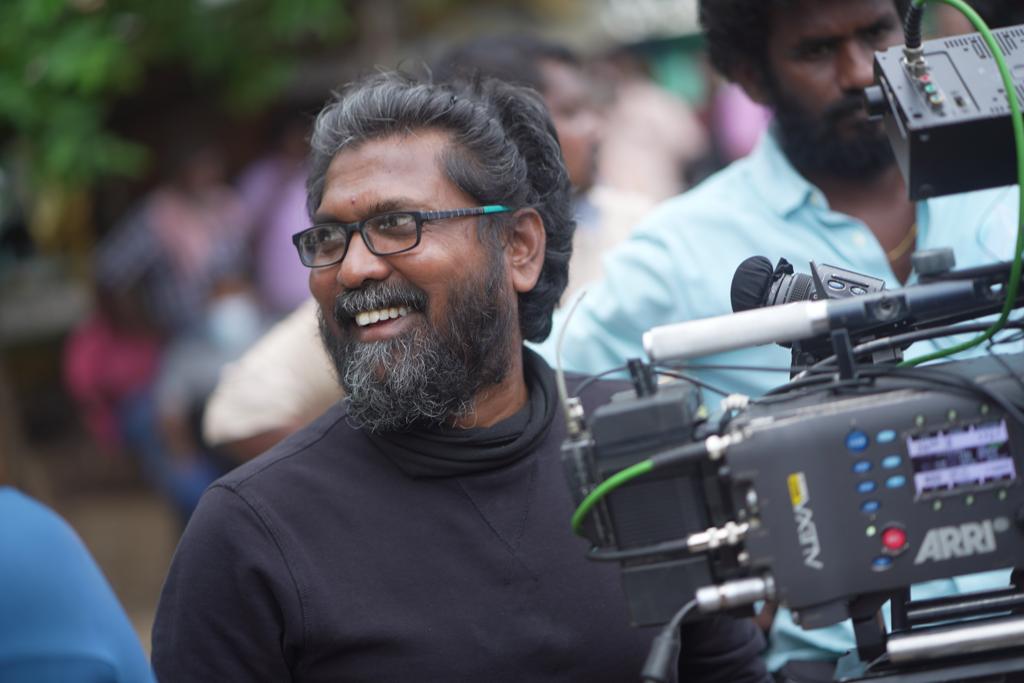
Cinematography is like sculpting, with reality and imagination: Theni Eashwar

“To sleep is to die. To wake up is like being born,” says a character quoting the Thirukkural in Lijo Jose Pellissery’s surrealist masterpiece, Nanpakal Nerathu Mayakkam (An Afternoon Nap). It sets the tone of the narrative, kicking off a set of events that has the character stepping into uncharted territory.
The premise is about a Malayali man James (Mammootty), who, along with his family, is on a bus journey back to Kerala after a religious trip to Velankanni, Tamil Nadu. On the way back, James gets down from the bus, walks into the nearby village, enters a random house, and resumes, wearing the identity of a Tamil named Sundaram. The rest of Nanpakal… is a movie that plays out like a stage play; as an absurdist comedy questioning the idea of life and death that is also spiritual; a case of an imposter (or identity crisis) that is deeply humane. Nanpakal…shows the duality of life and destiny.
It is often believed that the making of great cinema is all about a happy marriage between the director and the cinematographer. This belief is more pronounced in a work like Nanpakal…, where Lijo’s vision gets the right amount of embellishment from Theni Eashwar’s camerawork.
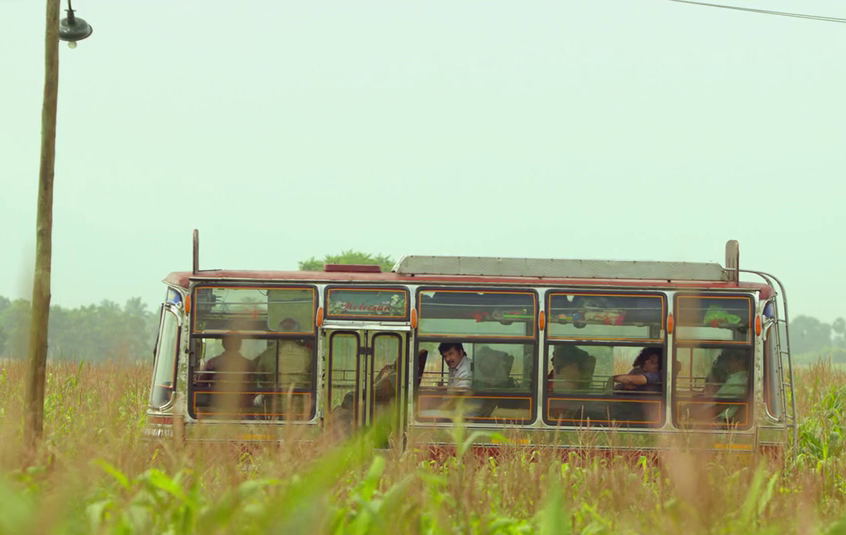
Also read: Nanpakal Nerathu Mayakkam is Lijo’s vision and magic: Film’s writer Hareesh
Nanpakal… marks Eashwar’s first collaboration with Lijo, and third with Mammootty (the previous two movies are Peranbu and Puzhu). On the set of Puzhu, Mammootty shared with Eashwar a “random line” from the forthcoming yet-to-be-titled movie he was producing. The line was enough for Eashwar to express his interest in the project. Mammootty wasn’t aware of the production’s status and told Eashwar there was a good chance that a cinematographer was already on board.
One day, Lijo visited Mammootty on Puzhu’s set, where he was formally introduced to Eashwar and saw his work. Perhaps it was Mammootty who pushed for Eashwar’s name. Lijo and Eashwar got talking about Nanpakal… and its broader themes. “I knew that this movie had an international standard, that it would be well-received internationally,” says Eashwar, over a phone call. Turns out he was right.
Ever since its premiere at the International Film Festival of Kerala 2022, Nanpakal… has been getting glowing praise from critics and fans. Its recent release on Netflix has only helped it garner more applause. The Federal caught the man behind the gorgeous frames of Nanpakal…to break down the several mise-en-scènes. Excerpts:
What did you think of Nanpakal…when you first heard the script?
Lijo [Jose Pellissery] gave me a full narration. I began to visualise the movie in my head through his descriptions. All the details he mentioned during the narration were there in my subconscious. I thought a movie like Nanpakal…was a step up in a cinematographer’s career, and I didn’t want to lose the opportunity.
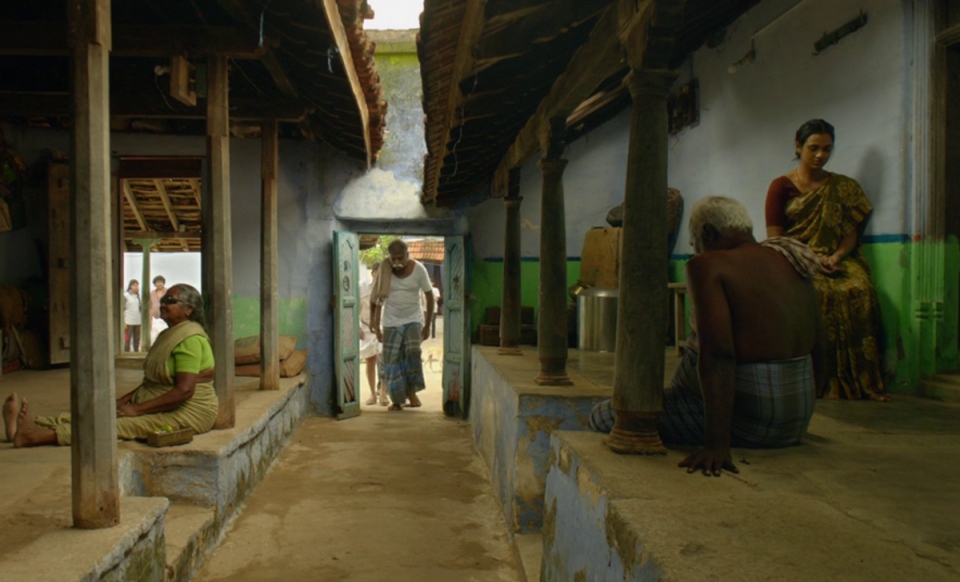
What was it about Lijo that appealed to you the most?
A good director has to be a good cinematographer. And the cinematographer has to be a good director, too. This is something I believe in and Lijo does, too. Writing a movie and shooting a movie are two different processes. You get a free hand when you are writing. But when you convert the text into a movie, it becomes a frame. The frame needs to convey the soul of the written material.
Can you elaborate this with an example? Let’s take the scene where James gets down from the bus and walks his way to the village.
What was there in the script was that the bus comes to a stop near a cornfield. Then, Mammootty’s character walks to the nearby village. Highlight the word walk. In the script, it was just him walking somewhere. But we spent a whole day just to figure out the locations for this particular scene. Even before we went to the shoot, Lijo told me that we will be filming in a village near Pazhani. So I kind of knew the place.
There is always something happening in both the foreground and background of your frames. Your work in Nanpakal… comes across as formal. Formal in the sense that you finished the whole movie with master and long shots.
Actually, it was Lijo’s idea to go with static shots throughout the movie. I told him that in that case, we’ll go with block lenses for staging. He then asked, “What if I want to pan?” Then I told him that if we are going for static shots, let us stick to it.
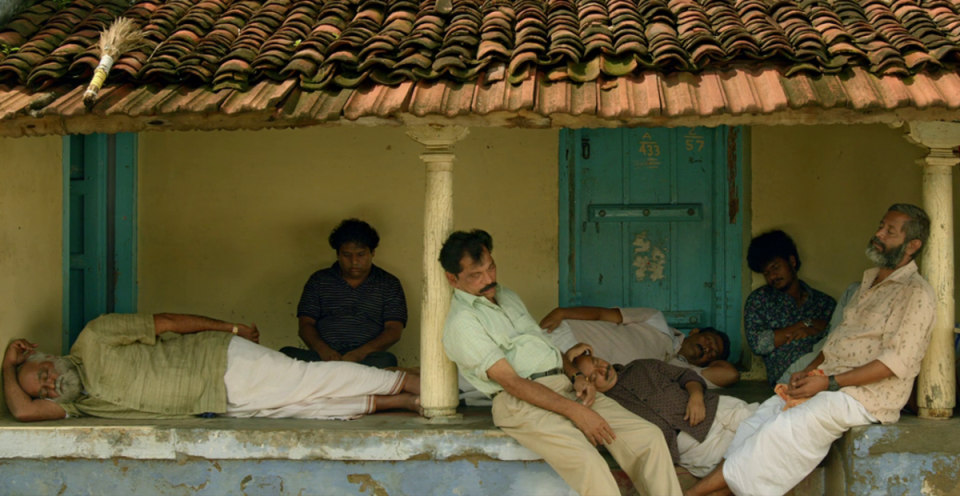
The challenge with such a composition is that the frame has to be really engaging. The frame cannot be empty. There needs to be life in it and needs to pull the audience in.
Any particular reason why Lijo wanted it to be filmed with mostly wide shots?
I think it was the demand of the script. Nanpakal… is a story of life. There is also mystery in it. Since it’s life unfolding on the screen, it should make you feel that you are part of the larger scheme of things. We deliberately avoided close-ups because in life, there are no close-ups. More importantly, we wanted the movie to have the tone of what you see in everyday life.
There is only one close-up in the whole movie.
You are right. It was done to show the character’s transition. Lijo was quite particular about how we were going to shoot it. Not just this shot but the entire movie. He gave the space to explore ideas, some of which were already there in the script. His script was quite descriptive. For instance, in the script, it was just a description of a bus in the midst of a cornfield, and that you see the bus from a distance.
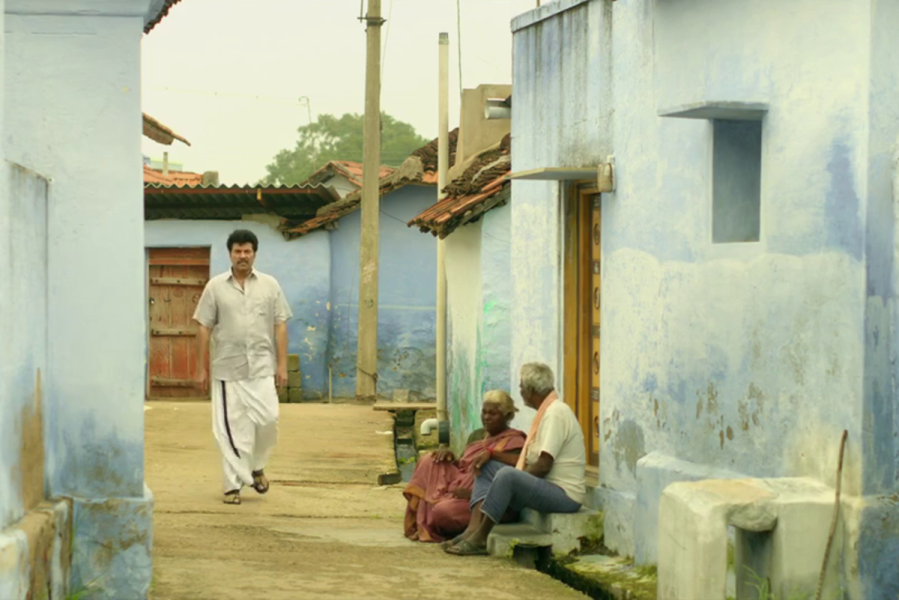
To deliver this shot takes a lot of time on the set. You have to figure out the logistics: it has to be shot during the daytime, and it has to be a wide shot [of the bus seen from the cornfield]. You cannot use a crane since it is agricultural land. It takes a lot of time to set things up. This is not just a shot of the bus from a distance; the viewer must also see Mammootty sir (in the climax). The production team and Lijo had a lot of patience.
All the frames are so tight in Nanpakal…There is a frame-within-frame composition that you achieve by shooting in-between windows, doors and sometimes walls.
Even if the shot composition is a little unconventional, you have to ensure that you drive the story forward. Sometimes directors will have their own ideas. As you rightly said, it is a marriage [between the director and cinematographer]. Lijo shared his enthusiasm with me. That is when a movie gets enhanced.
Not just the people but the entire village, the streets, the cows, the corn field, everything is a character in the movie. Now the question is, how do you convey this in your frame? For example, we show a bus journey right at the beginning. It was shot in the hope that the audience, too, feels that they are with them on the bus. What you see in the naked eye has to be brought out through lensing. It has to be there in composition, lensing, lighting and colours.
Also read: The Amal Neerad interview: On Mammootty, Bheeshma Parvam and Bilal
Was lighting the frames difficult? It looks like you have mostly used natural light sources…
Yes, but we also made use of artificial lights in a low-key manner. To give you an example, there is a scene where a meeting takes place inside the house of the village headman. If you notice, the wall in the background will have warm colours. The idea was to convey that some time has lapsed, that by the time they wrap up, it’s evening. Likewise, we created the early morning sunrise (when Mammootty’s Sundaram delivers milk on his bike). The sun wasn’t available when we shot it, so we created the sunrise.
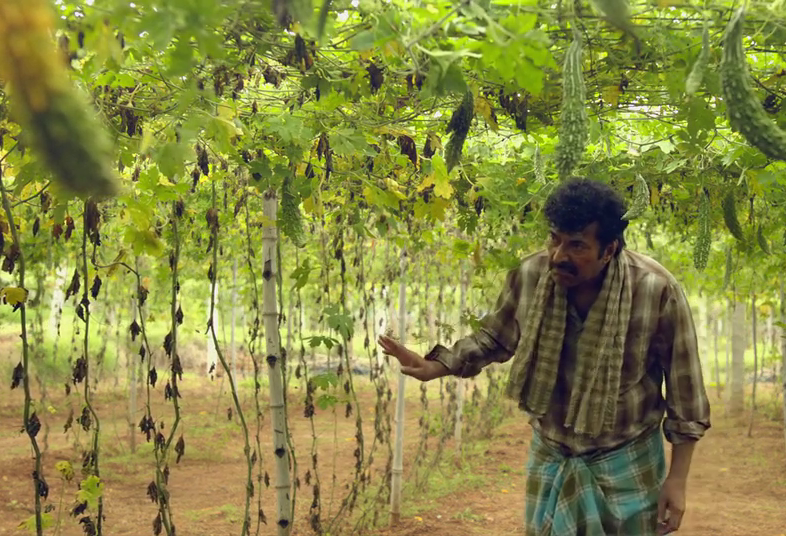
You lock the two separate families, united by a shared fate, in a tight frame. One of them shows up by the window, while the other is on the streets. It’s a breathtaking image.
Lijo wanted both families together. He told me, “Imagine someone claiming to be somebody else’s husband in the presence of his own family.” We wanted to convey the emotional state of the families.
And throw some light on Sundaram’s shadow refusing to leave…
We shot this by placing an artificial light source hitting Mammootty so that the shadow falls on the wall. The whole thing was planned as if to say that the spirit stays back. Was it a spirit? Then whose was it? Has it left the house or stayed back? We don’t know. There is more than one interpretation.
Is there a philosophy that you follow for cinematography?
The way I see it, it is like sculpting with reality and imagination. Cinematography is not just about cameras or how you shoot them. It is about how you make the audience feel.


